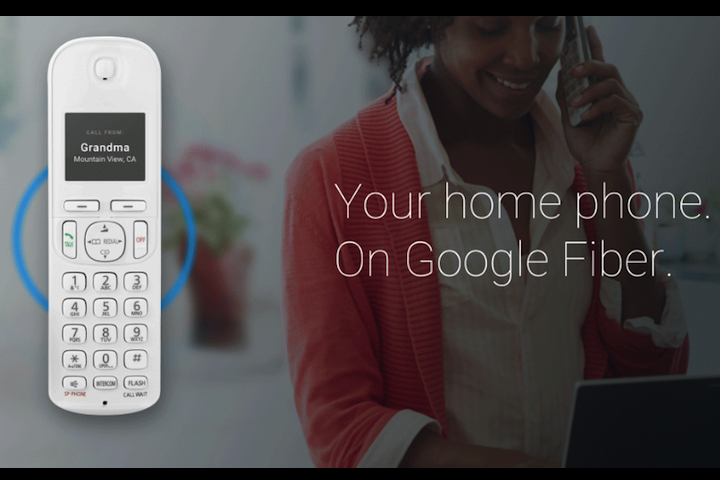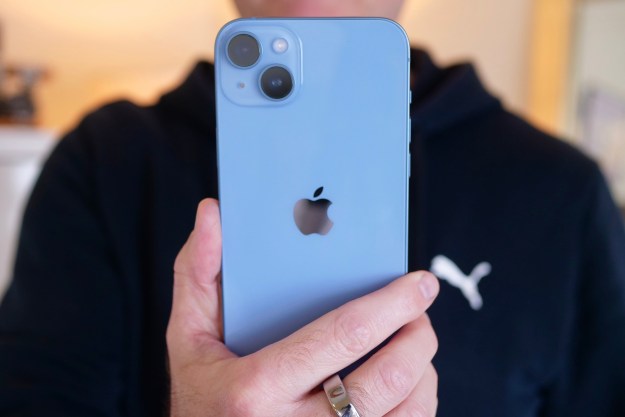
Updated on 03-30-2016 by Andy Boxall: Added in official details regarding Google Fiber Phone
The Google Fiber Phone allows you to connect all your phones and their numbers, mobile and landlines alike, to one cloud-based phone number. It’s very similar to the Google Voice service the company has had for a while now, and even includes voicemail transcriptions and automatic call screening.
Initially coming to selected areas that already have Google Fiber, Fiber Phone costs an additional $10 (plus taxes and fees) per month. For this you get unlimited calls nationwide, a do-not-disturb mode, caller ID, emergency calling, spam filtering, and the above mentioned call screening. If you’re happy with your current number that’s fine, but if you want to change it, that’s also possible. Because of the way Google Fiber Phone works, there’s no need to tell everyone you’ve changed it either.
Fiber Phone operates on both your home phone and your mobile phone, ringing whichever is relevant at the time. If you’re out and about, calls go to your mobile, for example. Although Google shows a telephone handset in its promotional material, one is not included, and instead a special box links the handsets you already own to Fiber.
Triple play
The early Fiber Phone tests were carried out only by those with an exclusive Fiber Phone invitation. Invitees that ordered the new service had a Fiber team member make a house call to install new equipment. Now, anyone with a Google Fiber account or that lives in a city with Google Fiber access can sign-up for Fiber Phone, and setup is apparently easy. Those without Fiber can request details on the service here.
When Fiber launched three years ago, it did so with just gigabit Internet and TV, so adding phone services makes it a true triple threat (or officially, a “triple-play”) provider. This puts Google into a head-to-head battle with more traditional services like Comcast and Time Warner.
Google Fiber itself is still rolling out to more locations — right now, the super-fast Internet and other perks associated with the program are only available in Austin, Kansas City, and Provo. So get ready, friends. Google is coming for your landline, and it’s yet to be determined whether that’s a good thing.
Editors' Recommendations
- Here’s how Apple could change your iPhone forever
- 5 phones you should buy instead of the Google Pixel 8
- This Google Pixel 8a leak just spoiled everything about the phone
- Check your Google Pixel Watch right now for two new features
- Google is going to change Pixel phones forever, and I can’t wait
